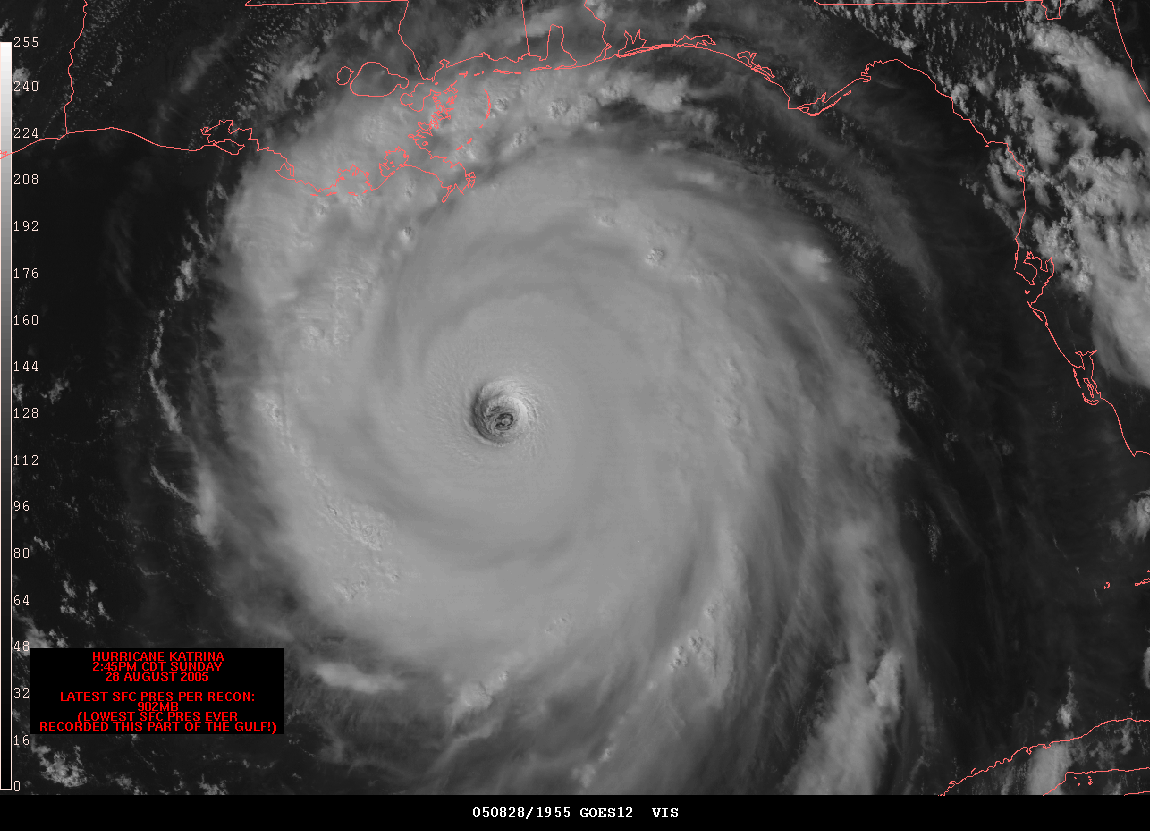
In 1704, Daniel DeFoe, author of Robinson Crusoe and Moll Flanders, published his first book, The Storm, a journalistic account of the Great Storm of 1703, which devastated lower England and the English Channel. It remains the largest most devastating storm ever to hit England and The Storm is a compiliation of eye-witness accounts of this meteorological anomoly. It is a book of anecdotes, fragmentary views, glimpses of an event distorted either by exaggeration or, in some cases, mitigation, since what people witnessed was never really clear to them.
DeFoe's book created for the public a large scale view, made up of detailed particulars, of an event that we now know to call a hurricane. Not that they didn't have the word "hurricane" to describe this event, or even more biblical terms such as "deluge." But it is striking the way that so many of the people Defoe gets his information from are describing an unprecedented event, not just in its scope but in its very existence. There is a letter, for example, from one man in Oxfordshire who describes what we soon recognize to be a tornado. His friend calls him to come see this great "pillar" descending from the sky. And when he gets to where his friend is he sees himself a "spout" dipping down from the heavens, like the trunk of an elephant, leaping across a field, carving a swath through woods and farms.
It is no wonder that we consistently seek in such terrible, large-scale events some larger meaning and that we arrive at that meaning by seeking out a similarly large perspective from which the event was authored; and that the wrath or will of God is the most frequent "source" of any natural disaster. Dies Irae.
The Storm was written during the rise of journalism as a profession, when broadsheets and newspapers were being distributed more frequently to greater numbers of people. Robinson Crusoe, a book often seen as the first novel, a book about one man's surviving a storm, was still 15 years in the future. It is perhaps no accident that DeFoe got his start writing a book about a storm in which the author/survivor gathered together all avaiailable empirical information and fused it together into one large perspective, giving the world a picture in words of a hurricane, something we can now in an instant see with great sharpness on any satellite image. The minute and subjective perceptions of people on the ground have their cosmological analogue in the great organized structure of a storm, whose eye passes over the earth like the gaze of God.
Francois Hartog in The Mirror of Herodotus has called for an archaeology of perception, a record of how people have seen throughout the ages. Because how you see changes what it is that you are seeing. One wonders what the residents of England in 1703 who survived the Great Storm would see in the radar image above of Katrina. Would it allow them to make sense of the turbulence that they survived and that many didn't?


No comments:
Post a Comment